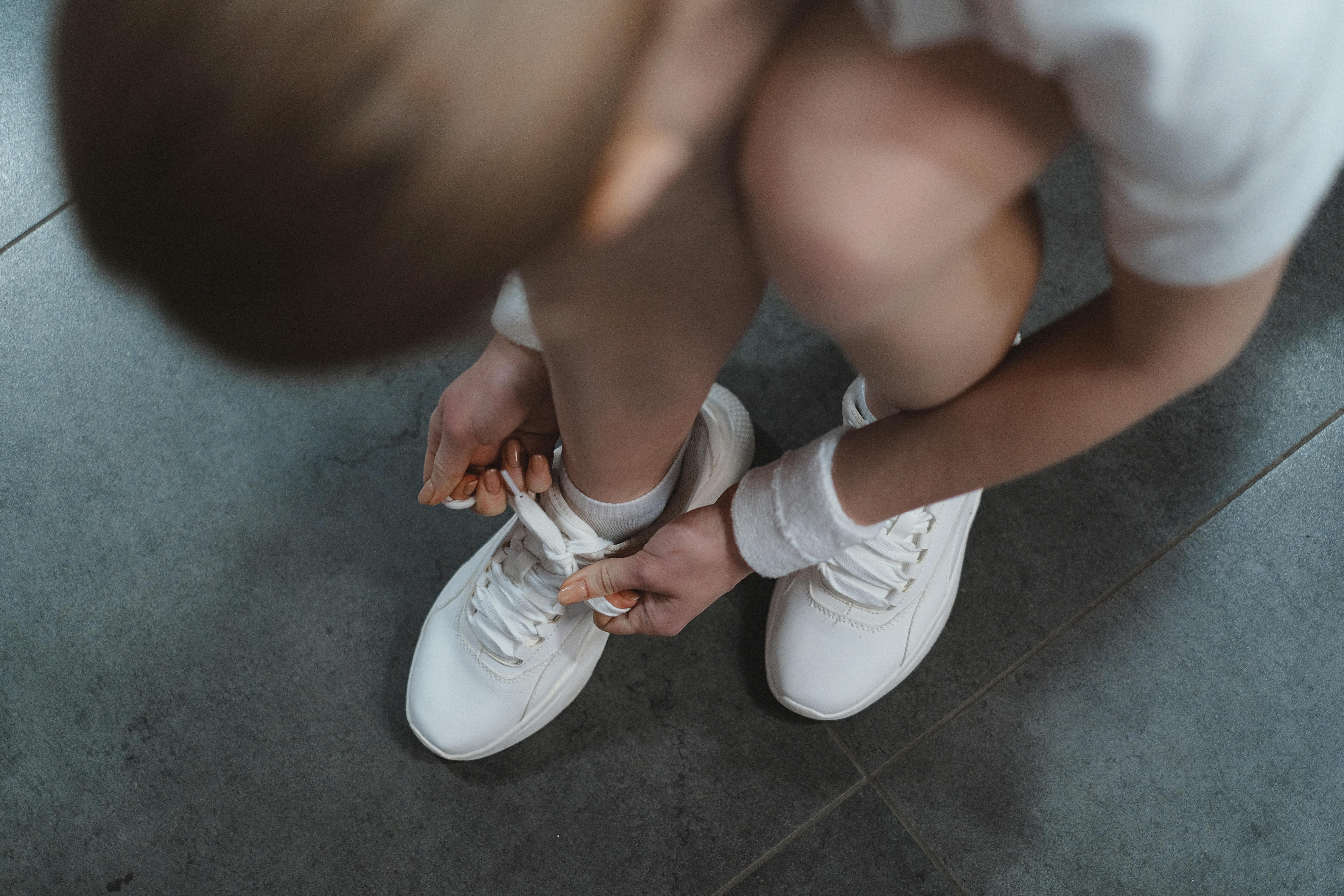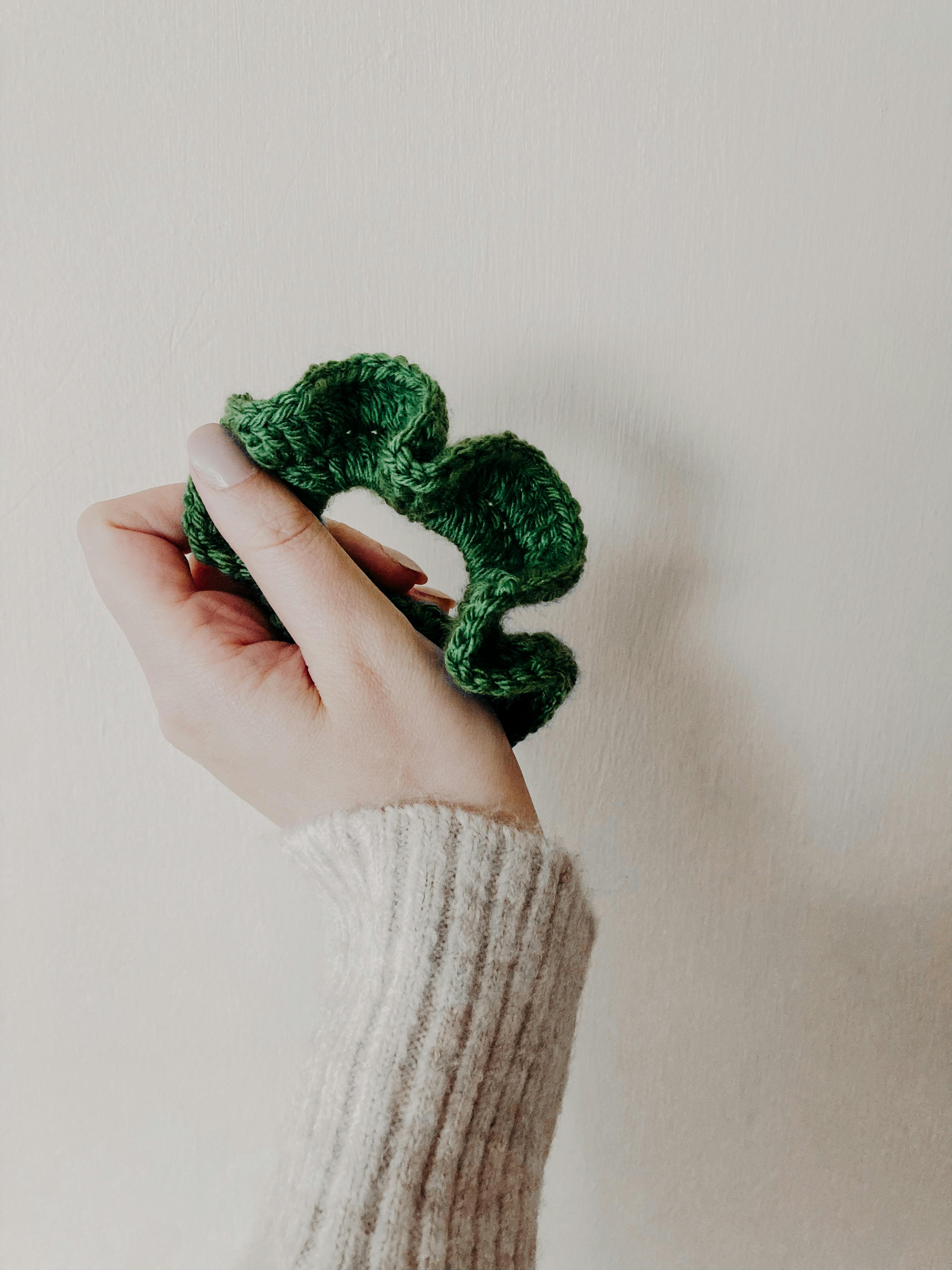
Understanding Tattoo Healing Process in 2025
Tattooing has gained immense popularity as a form of self-expression and art. However, understanding the healing process of a tattoo is crucial to ensure your body heals properly. The journey to a well-healed tattoo involves recognizing both the normal symptoms of healing and the potential signs of infection. In 2025, it's more important than ever to be informed about how to care for your new body art effectively. This article will guide you through the essential aspects of tattoo healing, including what to expect during the healing process and tips to prevent infections. Recognizing the signs of a healthy healing tattoo includes monitoring for redness, swelling, and itching. Conversely, it is equally important to understand what signals indicate an infected tattoo. By learning the differences between healing symptoms and infection signs, you can maintain optimal tattoo hygiene and enjoy your ink for years to come. As we explore the elements of tattoo healing, we will cover tips for caring for your tattoo, common complications, and when to seek professional help. By following these guidelines, you can ensure your tattoo will heal beautifully.Essential Signs of Healing Tattoo Symptoms
Recognizing healthy tattoo healing is vital for the overall outcome of your newly acquired ink. During the initial healing stages, you might experience some expected symptoms.Redness and Swelling: What’s Normal
It’s common to notice some redness around the tattoo during the initial healing stages. This redness often peaks within a few days and should gradually diminish. Swelling of the tattoo is also typical and is usually most prominent right after the tattoo is done. However, if the redness and swelling persist or worsen over time, it can signal an infection. Swelling duration varies for each individual, but it usually subsides within a week. It's essential to keep an eye on these symptoms as part of your monitoring tattoo healing routine.Itching Tattoo Healing Process
Itching is a natural part of the healing process, indicating that your skin is regenerating. However, excessive itching can lead to scratching, which may compromise the integrity of the tattoo. Alleviating tattoo pain and irritation can be achieved through moisturizing and using soothing products specifically designed for tattoos. If you experience intense itching along with other symptoms like redness and swelling, it’s crucial to evaluate whether your tattoo is healing normally or if you might be dealing with an infection.Crusty Tattoo Healing: A Normal Phase
Crusting occurs as the tattoo continues to heal. During the healing process of a tattoo, scabs may form, and this can lead to crustiness on the tattooed area. This is a normal reaction known as the body’s way of protecting the wound, but it must be handled delicately. Avoid picking at scabs as this can result in scar formation or tattoo discoloration. Instead, keeping the tattoo clean and moisturized will promote healthy healing.Identifying Tattoo Infection Signs
Infections are one of the most significant risks associated with tattoos. Understanding tattoo infection signs is key to ensuring your health and the longevity of your ink.Common Tattoo Infection Symptoms
While some symptoms like redness and swelling are expected, there are specific signs that may indicate an infected tattoo. These include: - Increased redness around the tattoo - Swelling that doesn’t reduce after a few days - Pus from the tattoo site - Warmth near the tattoo area - Intense pain or increased sensitivity in the surrounding area Recognizing these signs early is crucial. Acting promptly can prevent further complications.Infected Tattoo Treatment Options
If you suspect that your tattoo might be infected, seeking medical advice should be your first step. Treatment for an infected tattoo can include topical antibiotics or oral antibiotics if the infection is severe. Additionally, it’s essential to maintain proper tattoo hygiene by keeping the area clean and dry. Hasty treatment can lead not only to improvement in symptoms but also in minimizing any potential long-term damage to your tattoo.When to See a Doctor for Tattoo Issues
The golden rule with tattoo care is to consult a healthcare professional if you're ever unsure about your tattoo's healing status. Signs that necessitate a doctor's visit include persistent fever, drenching sweats, or any systemic symptoms that seem to follow the tattooing. Timely intervention is crucial in preventing severe infections.Best Tattoo Care Tips for 2025
Proper tattoo care is fundamental in avoiding both infections and complications during healing. Here's how to take appropriate steps to ensure your tattoo heals correctly.Keeping Your Tattoo Clean and Moisturized
One of the best tattoo care practices is cleanliness. Keeping your tattoo clean using mild, fragrance-free soap is essential during the healing process. After washing, pat the tattoo dry, avoiding rubbing. Moisturize the tattoo using a tattoo aftercare product or a fragrance-free lotion to keep the area hydrated. This helps manage itching and flaking, enhancing the appearance of your tattoo while minimizing the risk of infection.Avoiding Common Tattoo Care Mistakes
Mistakes during the tattoo care process can lead to complications such as delayed healing or infections. Some common mistakes include: - Picking at scabs - Using harsh soaps or lotions - Immersing the tattoo in water (like baths or pools) too soon Awareness of tattoo care myths is also important; being educated can prevent unnecessary distress and complications.Monitoring Tattoo Signs Essential for Recovery
Observing your tattoo’s healing progress allows you to catch any unusual signs early. Keeping a checklist can help you monitor changes in the tattoo's appearance over time. This includes checking for any unexpected pain, unusual discoloration, or signs of infection. By doing this, you can easily identify whether your tattoo is healing normally or if you should take further action to prevent complications.Understanding Tattoo Healing Expectations
It's vital to set realistic expectations around tattoo healing. Knowing the timeline can help you remain patient and relaxed during the process.Tattoo Healing Timeline Overview
The tattoo healing timeline typically ranges from a few weeks to a couple of months, depending on the size and placement of the tattoo. The first stage involves the initial healing process where redness, swelling, and scabbing are common. After about two weeks, the outer layer of skin will begin to close, and the early healing phase should be noticeably complete. Full healing may take up to several months as the skin continues to regenerate beneath.Factors Affecting Tattoo Healing
Many factors can influence tattoo healing, including individual skin types, healing capabilities, and tattoo aftercare practices. Focusing on proper tattoo maintenance guide and being consistent with aftercare will significantly improve your healing experience. The location of the tattoo also matters; areas with more movement may take longer to heal due to stretching and irritation.Tattoo Healing Complications to Recognize
While most tattoos heal without complications, being aware of potential issues allows you to act quickly if complications arise. These can include allergic reactions to ink, abnormal scarring, or prolonged redness around the tattoo. Staying informed helps reduce anxiety and allows you to enjoy your tattoo without fear of infection or improper healing.Q&A: Common Concerns About Tattoo Healing
To sum up our discussion, here are answers to some of the most frequently asked questions about tattoo healing.What signs indicate that a tattoo is infected?
Signs of infection include increased redness, pus, excessive swelling, warmth, and persistent pain.How long should a tattoo stay red?
A healing tattoo may remain mildly red for a few days post-tattooing, but persistent or worsening redness could indicate an infection.When is it safe to soak my tattoo in water?
Avoid soaking your tattoo in water for at least two weeks to ensure proper healing. Showers are safe, while baths, pools, and hot tubs should be avoided.When should I contact my tattoo artist?
If you notice any concerning symptoms or if you are unsure about your tattoo's progress, it's always best to check in with your tattoo artist for professional advice.How can I promote a healthy healing process?
Promoting healing involves keeping the tattoo clean, moisturized, and protected from sun exposure. Eating a balanced diet that supports skin health can also facilitate healing.
